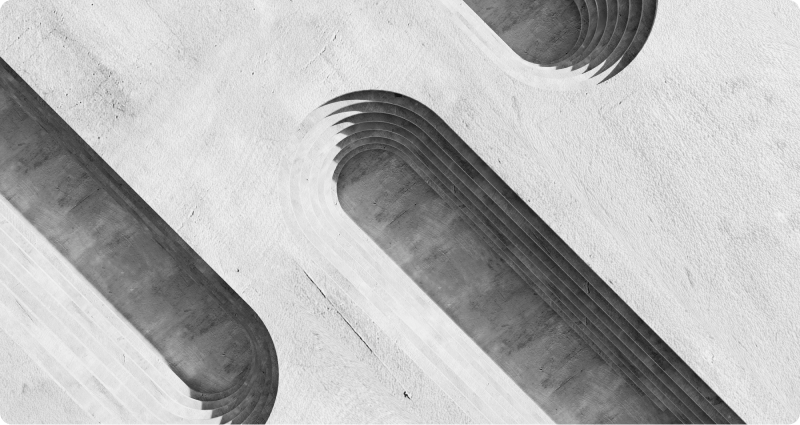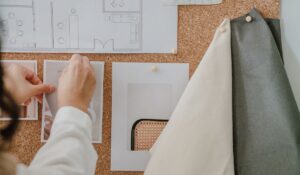
Residential interior design enhances a home’s comfort, functionality, and visual appeal. It involves careful planning and expert craftsmanship to transform spaces into well-organized and aesthetically pleasing environments. Today, homeowners seek customized solutions, whether for full-home renovations or single-room makeovers, making residential interior design an essential service for modern living.
The demand for residential interior designers has grown significantly as more people recognize the value of professionally designed spaces. These experts understand spatial planning, material selection, and cohesive styling, ensuring that every aspect of a home aligns with the homeowner’s lifestyle and preferences. From selecting furniture to optimizing lighting, residential interior designers create balanced interiors that offer both style and practicality.
A residential interior designer is responsible for creating a functional and visually appealing living space. Their expertise extends beyond choosing colors and furniture—they assess layout, lighting, textures, and materials to craft a cohesive home environment. Designers also collaborate with homeowners, ensuring that every design decision aligns with their vision and daily needs.
Beyond aesthetics, residential interior designers maximize space efficiency and improve home functionality. They work with architects and contractors to ensure the structural and decorative elements complement each other, creating a harmonious design that stands the test of time.
Hiring a professional designer brings several advantages:
Increased Property Value – A well-designed home attracts buyers and boosts resale potential.
Some homeowners require full-home interior design services, where every room is planned to create a cohesive style. Others may focus on single-room makeovers, such as updating the living room, bedroom, or kitchen to suit their lifestyle better. Designers cater to both large and small projects, ensuring every space meets the desired aesthetic and functional needs.
In full-home designs, residential interior designers work on everything from flooring choices to built-in storage solutions. Meanwhile, single-room projects focus on refreshing an area with new layouts, furniture, and color schemes while maintaining harmony with the rest of the home.

Residential interior designers work with skilled craftsmen to create custom furniture and cabinetry. This ensures that each piece fits the home perfectly, maximizing space and adding a unique touch to the design. Bespoke furniture enhances both functionality and aesthetics.
Custom cabinetry provides practical storage solutions while maintaining the overall design flow. Whether it’s built-in bookshelves, kitchen cabinets, or multi-purpose furniture, designers ensure every element serves a purpose while adding visual interest.
Choosing the right colors is essential for creating a welcoming atmosphere. Designers consider lighting, room size, and homeowner preferences when selecting color palettes. They also establish themes—whether contemporary, traditional, or eclectic—to maintain design harmony throughout the home.
Beyond selecting wall colors, designers incorporate complementary tones in furniture, décor, and textiles to create a well-balanced look. A thoughtfully curated color scheme enhances cohesion across different spaces and ensures a seamless transition between rooms.
Lighting is a key element in residential interior design. Designers select lighting fixtures that complement the space while ensuring optimal brightness. They balance natural and artificial lighting to enhance comfort and usability, considering factors such as placement and energy efficiency.
Layered lighting techniques—such as combining overhead lighting, task lighting, and accent lighting—help create dynamic and adaptable spaces. Proper lighting enhances architectural features and contributes to a home’s overall mood and ambiance.
Modern homes often include smart features, such as automated lighting and climate control and advanced security systems. Residential interior designers seamlessly incorporate these technologies into the design, ensuring the home remains stylish and functional.
By integrating technology, designers enhance convenience and efficiency without compromising aesthetics. Smart thermostats, motorized window treatments, and voice-activated lighting can seamlessly blend into any design style.
Before hiring a designer, homeowners need to determine their needs and desired stylethey want a minimalist, classic, or modern style, and knowing their vision helps decide on them chooser whose tastes agree with theirs.
A designer’s portfolio speaks volumes about their creativity and ability. A glimpse of past work allows homeowners to assess creativity, adaptability, and expertise. Designers with experience in comparable projects can better meet specific design requirements.
Successful communication between the homeowner and the designer is the foundation of a practical project. Choosing a designer who listens, offers constructive criticism, and remains open ensures a stress-free working relationship.
Designers work on different pricing models, including fixed fees, hourly fees, or a percentage of the project’s cost. Understanding the costs upfront helps homeowners have realistic expectations and surprises them less.

Reading customer reviews and feedback helps homeowners get a clear idea of a designer’s professionalism and reliability. Commenting on design quality, project management, and timely delivery can help them make an informed choice.
Working with a residential interior designer involves several stages, from initial consultations to final execution. The process typically includes:
A project’s timeline varies based on complexity. Custom furniture, intricate layouts, and renovation work may extend the duration, but professional oversight ensures efficiency.
Investing in residential interior design brings long-lasting benefits. Beyond aesthetics, a well-designed home improves comfort, organization, and functionality. Thoughtful layouts optimize space use while carefully selected materials enhance durability.
Additionally, well-designed homes increase in market value. Potential buyers are more attracted to spaces with high-quality finishes and efficient layouts. Whether planning to stay long-term or sell in the future, investing in professional interior design is a strategic decision.
Choosing the right residential interior designer is a key step in transforming a home. Homeowners should take the time to research, communicate their vision clearly, and evaluate potential designers based on experience and reviews.
Residential interior design is more than just decorating—it involves strategic planning, expert craftsmanship, and attention to detail. With the right professional, any home can become a stylish, comfortable, and functional space that meets both present and future needs.
About the Author
With a deep understanding of what companies need to build top-performing remote teams and fully remote departments, his journey with Uptalent has been dedicated to creating exceptional remote work solutions and helping companies thrive with top-tier remote talent.
Expertise:
Explore these related articles to dive deeper into the topic and discover more insights.

Customer Support Outsourcing: A Smart Solution for Small Businesses

The Role of a Partnership Manager in Building Strong Business Relationships

Data Entry vs Data Analyst: Which One Drives Better Business Insights?